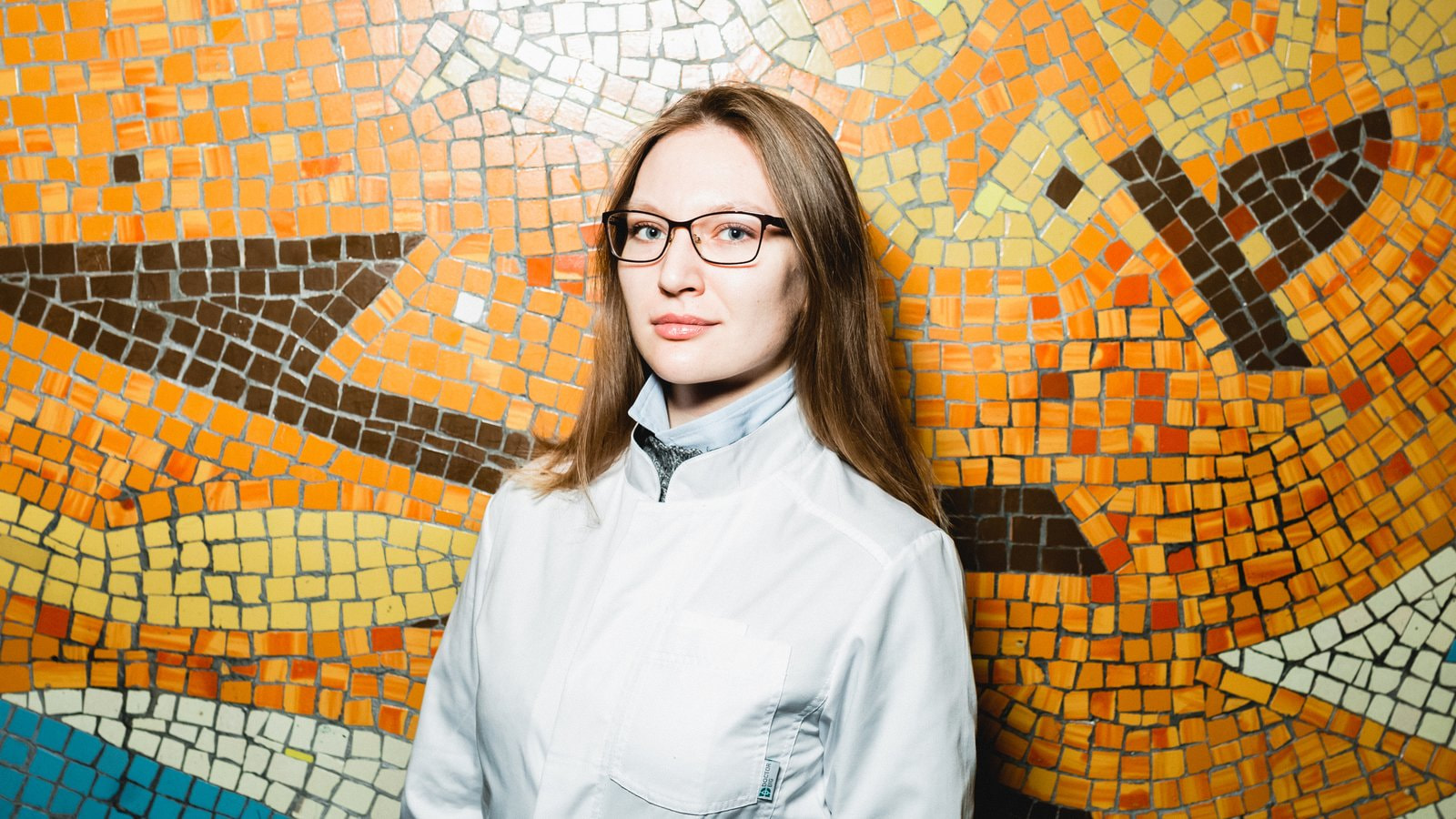Alexandra Lobyntseva’s Diary
This year, the project has seen a genuine immersion into its thematic framework, which, among other reasons, became possible due to Art Experiment’s compelling architectural solution: white curtains instead of walls created an illusion of a weightless journey into the realm of olfaction, while the white Lab space allowed one to feel oneself a real expert working professionally with smells. It couldn’t help altering the visitor experience which our guests shared enthusiastically (it was extremely valuable). Many of them are regular Art Experiment attendees returning to the Museum every year specially for this project and still fascinated by it, just as they were by its first edition. Some of them arrived for the New Year holidays and turned up at Garage almost incidentally—but after going through mediation they admitted that it was arguably the best thing to begin the year with. Another captivating experience was communication with visitors who, concluding their journey, confessed that, in fact, they were experts in perfumery and olfaction, but totally admired the atmosphere on the project.
While preparing for Art Experiment, all mediators aimed to work out a range of strategies that would allow them to spend time with visitors in the exhibition space with more comfort. Through communication they realized that one can develop a great variety of such strategies, each of them correct and appropriate on its own for a particular audience.
At the beginning of the first workday it was difficult to decide in which direction to build a conversation with the group in order to draw the attention of all members. But just a few minutes into the process I realized that the contact works well, we are on the same communication wave with the group and try to collectively figure out the possible connections between the objects in the Museum’s Atrium space (in Art Experiment’s soft immersion area). It was nice to feel that interaction with the spectators developed in a natural, harmonious way, and was totally imperceptible for me.
Being informed about art mediation as the main format available at this year’s Art Experiment as well as that they would have to fully engage in communication, visitors started immediately sharing ideas and emotions from what they saw, heard, and felt. There were three works on display in the entrance area, with a scent composed by the perfumer Anna Agurina attached to each of them. It aroused huge interest in all visitors: to hear an opinion from an expert in the field of scents, try to figure out whether it corresponds with their own reaction, and if not—to argue and offer one’s own vision of how these artworks should smell.
My next impression from communication with visitors that I would like to reveal is related to Katie Paterson’s Candle (From Earth Into A Black Hole). Arguably, this year’s Art Experiment’s most provocative location. Some participants mentioned the unusual perception of Paterson’s outer space, others honestly admitted that the project appeared as purely commercial for them and there is no connection between an ordinary candle and space. Through interaction with the candle and communication with other participants however, even the most skeptical spectators were doing their best to accept Paterson’s conception and find something new in her work, something that none of the mediators had ever thought about before.
Communication with the group in the final zone is what I am obviously going to remember for a long time. Relaxed after the meditation with performers in the incredibly colorful area created by the artist Jess Hirsch, participants confided that they received an enormous spiritual boost from what they experienced in the previous one and a half hours. At such moments you suddenly abstract yourself from everything that bothered you—from the fear that you won’t cope within the allotted time or have the time to cover all topics—and sort of get “infected” with a flood of inspiration that stays with you throughout the whole day.
